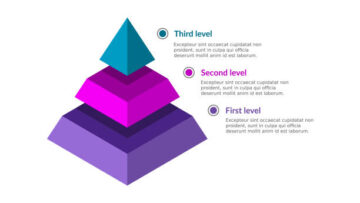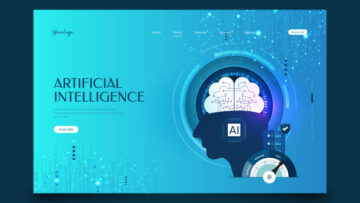Stanford GSB Professor warns against over-reliance on data in making education decisions and argues that a nuanced approach is needed, which blends crucial practitioner insights with data.
In recent years, The education innovation community has adopted data to make decisions and design programs. This is a positive shift for academic researchers, but some feel it can go too far.
In a 2012 article published by the Association for Education Finance and Policy, Professor Susanna Löb, who teaches a course on education policy at Stanford GSB, warns against a reliance on research for education decision-making. She advocates for a nuanced approach that blends empirical data and keen insights from on-the-ground decision-makers who can contextualize the findings.
Loeb says that “more information and accurate information can improve the decision-making process, but consequential decisions about education are inherently and almost uniformly gray.” Even with the most accurate information available about the past and present, future decisions are based on knowledge and judgment.
Loeb continues to explain the importance of who decides on education, writing that “improvement of the education system depends partly on increasing the information available and refining the frameworks for processing this information but it also depends upon wisely choosing who is making decisions.” She identifies the five characteristics of good decision-making as “knowledge, options, understanding of the world and time and other resources to process information.”
Loeb’s article was primarily about using academic research to design programs. However, her observations are likely to resonate with many educators and administrators who worry that data will replace their expertise in the classroom and allow others unfamiliar with the context of the School to make decisions.
Loeb’s argument about getting data into decision-makers hands is relevant for organizations that conduct internal assessments. Consider Bridge International Academies, a highly innovative organization that is rapidly growing, and Khan Academy, which both aim to provide global access to low-cost education.
Bridge International Academies, a company with a vital mission, designs “School in a Box,” a curriculum designed for children in developing countries who have low incomes. The company only operates in Kenya but plans to expand into a dozen other countries within the next decade. Bridge International uses a scripted, highly standardized curriculum developed by U.S. educators to scale up its model. This curriculum can be delivered by people who aren’t trained teachers.
A 2010 HBS Case Study states that “regular high-quality assessments, standardized across Bridge International Schools, [are] delivered monthly to provide checkpoints for progress against specific learning goals for students, teachers, and school management. Parents and Bridge International themselves can also benefit from these data.” These data are used to develop the Bridge International Model, which includes curriculum development, teacher training, and support.
Stanford GSB Students expressed their concern on a recent trip to Kenya, where they saw the School in a Box in action. They were concerned that the data collected by the assessments was not being used by the locals, who better understood the community contexts, but by non-natives. Although a standard model might be necessary initially in places with a shortage of trained teachers and an inadequate educational infrastructure, it will become less critical as Bridge International expands its reach.
Khan Academy is an excellent example of a company that offers a wide range of online courses customized to the needs and interests of students. The teachers can then track their students’ progress on a class and individual basis to determine where to focus their efforts. They can also see which students struggle with specific topics and which ones are ready to take on new challenges.
Khan Academy’s Model puts data and tools in the hands of qualified teachers. This allows them to personalize and adapt their curriculums and drive their classrooms. The decision-making authority is vested in the right individuals under this model. However, it has not been tested to see if the automated feedback system offered by the online platform, when there are no qualified teachers, does a better or worse job than the Bridge International Model.
Stanford GSB has dozens of students who enroll each year in the unique joint MA-MBA Program, a partnership with Stanford Graduate School of Education. These students are aspiring to create the next Bridge International or Khan Academy. Under the guidance and support of Professor Loeb, other research faculty members will help them understand the importance of data as well as the role that decision-makers play in the final analysis.




